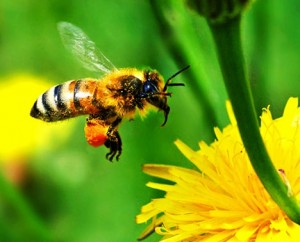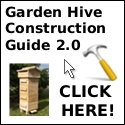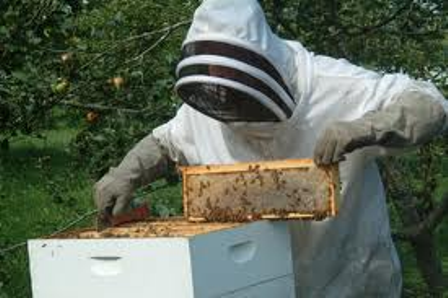 Opening up the hives and inspecting the colony is the bit beekeepers enjoy most as it is always fascinating to see what your bee colony has been up to since the last inspection.
Opening up the hives and inspecting the colony is the bit beekeepers enjoy most as it is always fascinating to see what your bee colony has been up to since the last inspection.
For new beekeepers hive inspection can be a bit daunting and many worry too much about injuring the bees or of getting stung. However by following some simple procedures you will be able to greatly reduce the likelihood of either event.
The following articles will provide you with the information necessary to inspect your bee colony in a confident and efficient manner.
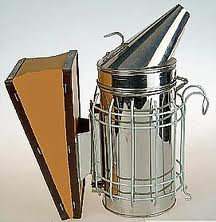 The Smoker for Beekeeping
The smoker consists of a metal fire-box and grate with bellows attached. The size of the smoker is a matter of individual preference, however the 4 x 7 inch size is probably the most widely used.
The Smoker for Beekeeping
The smoker consists of a metal fire-box and grate with bellows attached. The size of the smoker is a matter of individual preference, however the 4 x 7 inch size is probably the most widely used.
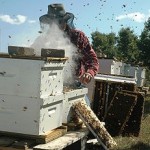 Lighting and Using a Bee Smoker
The smoker is one of the most important pieces of beekeeping equipment and is essential for controlling the bee’s behaviour.
Lighting and Using a Bee Smoker
The smoker is one of the most important pieces of beekeeping equipment and is essential for controlling the bee’s behaviour.
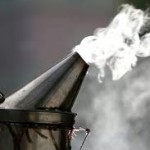 Beekeepers, Reduce Smoking in Your Honey Bee Colonies
The notion that the smoke calms the bees is somewhat questionable, as how many of us would remain calm if we discovered smoke drifting through our home.
Beekeepers, Reduce Smoking in Your Honey Bee Colonies
The notion that the smoke calms the bees is somewhat questionable, as how many of us would remain calm if we discovered smoke drifting through our home.
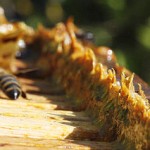 Propolis in Bee Hives
Propolis is the sticky resinous substance that bees collect from plants and trees and which gets all over your hands and clothes when inspecting a bee hive.
Propolis in Bee Hives
Propolis is the sticky resinous substance that bees collect from plants and trees and which gets all over your hands and clothes when inspecting a bee hive.
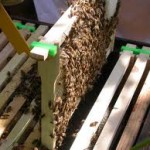 Inspecting or Going Through Bees
If possible inspect the bees when a lot of the older workers will be out collecting nectar or pollen, this is most likely on clear, warm days between 10 a.m. and 4 p.m.
Inspecting or Going Through Bees
If possible inspect the bees when a lot of the older workers will be out collecting nectar or pollen, this is most likely on clear, warm days between 10 a.m. and 4 p.m.
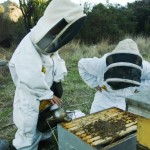 What to Look for When Inspecting a Hive
When inspecting a hive there are several things that you should be looking out for.
What to Look for When Inspecting a Hive
When inspecting a hive there are several things that you should be looking out for.
